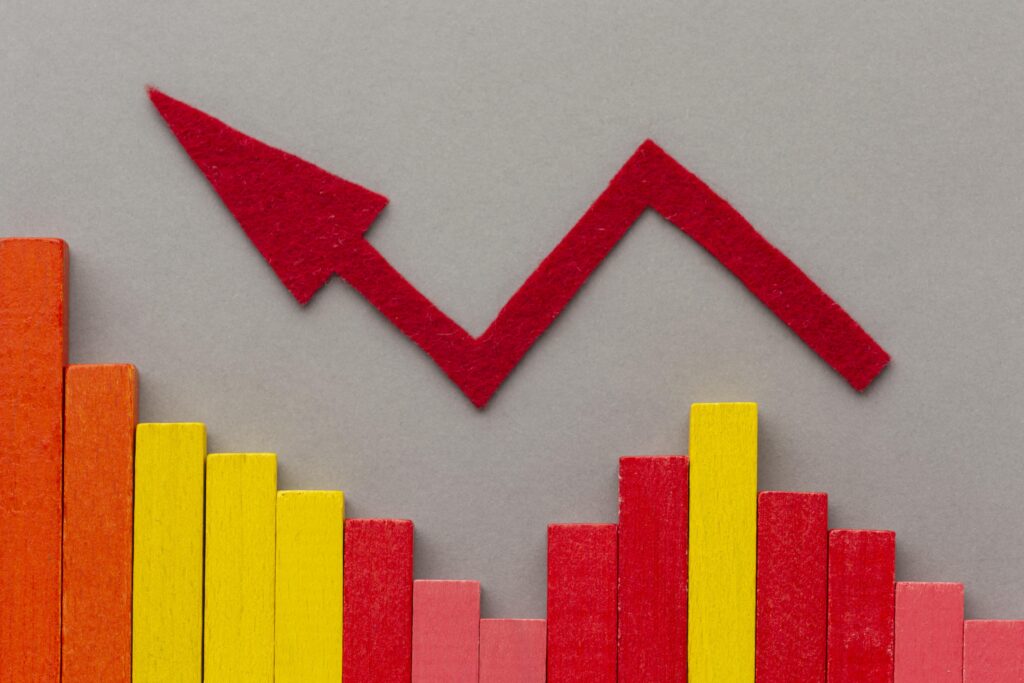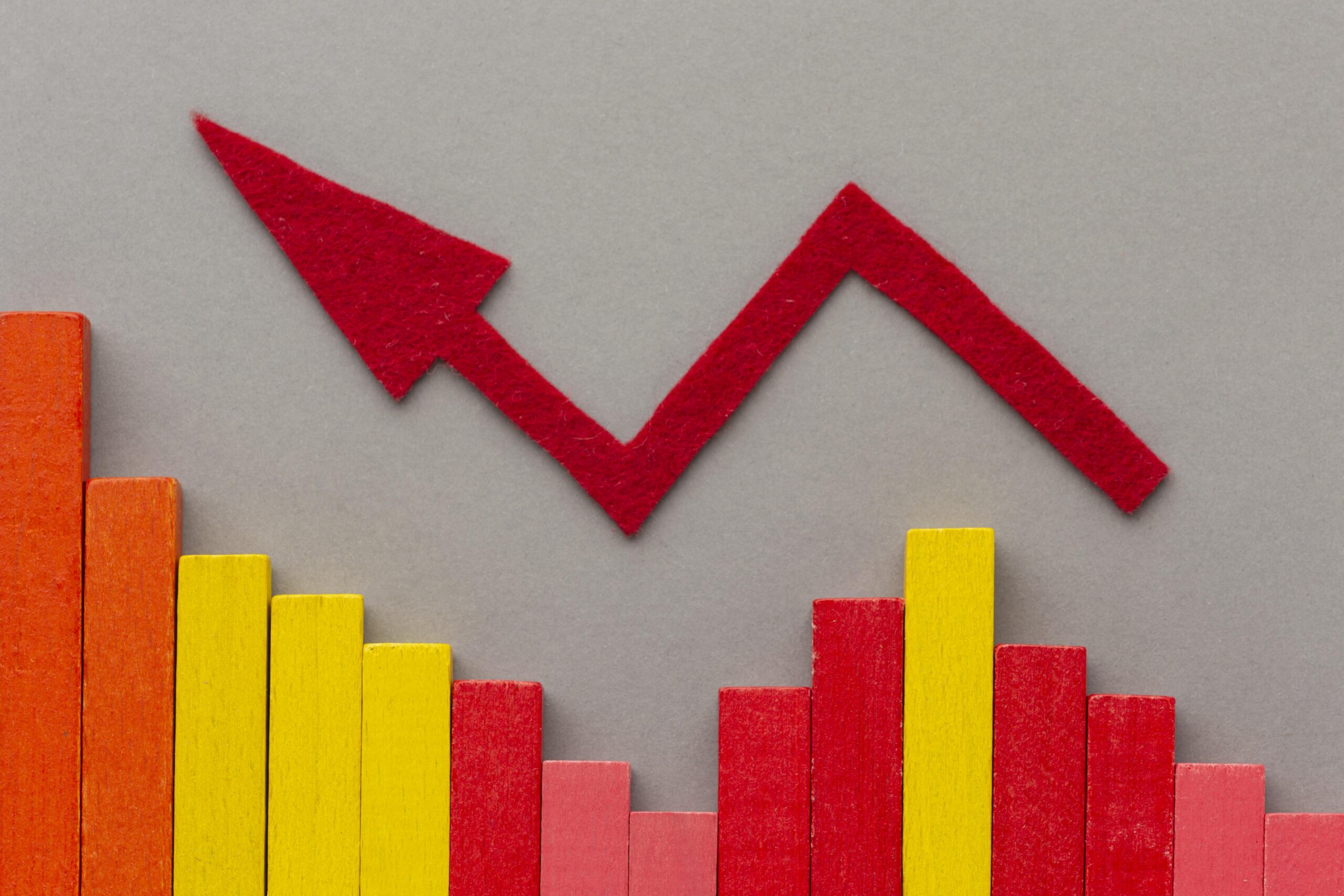Jan 31, 2025 | Hotel Trends

Image credit: planethms.com
Performance measurement is a must for any organization but tracking the right metrics matters. It seems that the old metrics used by the hotels are being replaced by new generation of hospitality metrics due to the influence of technology. Mews report (Jan, 2025) suggests thought provoking new metrics for the hotels to track.
- Utilization: This metric replaces Occupancy as it reveals the potential revenue left on the table. This logic applies to all spaces including parking space, lobby or restaurant space.
- RevPAM (revenue per available square meter): The hospitality classic RevPAR is replaced with RevPAM that helps analyze rooms only or the entire hotel space. Considered to be a more holistic approach not only captures more touch points like upselling, pre-stay and at the property and F&B but also encourages to diversify and maximize revenue.
- Daily guest spend: This metric replaces ADR as it provides more holistic view of hotels’ customers and services/experiences. It measures revenue across the whole operation not mere rooms.
- Guest lifetime value (LTV): The popular marketing metric that captures the guest loyalty. The benefits such as higher average spend, costing less to acquire new customers, and purchasing upsells are some of the benefits associated with LTV.
- Guest acquisition costs (GAC): Yet another popular marketing metric. GAC is considered to be 15-20% of room revenue that include costs such as commissions through OTAs, transaction fees, marketing spend and loyalty programs. Both higher number of direct bookings and greater % of returning guests can lower the GAC.
- Net Promoter Score (NPS): This metric measures guest happiness. This measure is calculated by subtracting the percentage of detractors (0-6) from the percentage of promoters. (9-10).
- Sustainability: One of the most relevant metric that measures total carbon footprint. It can be drilled down further to include carbon footprint per occupied room or meeting space etc. This measurement benefits the hotel for both acquiring green credentials and assessing (in) efficiency of operations regarding utilities.
- User disengagement: The main purpose of this measure is to create smoother, more meaningful experiences via time savings. The automation and streamlined processes can speed up repetitive tasks such as check-ins, check-outs, card transactions etc.
- eNPS (staff happiness): This metric is considered to be the sister metric of staff turnover rate that resembles NPS for guests (listed above).
(Source: Mews Report, Jan, 2025)

